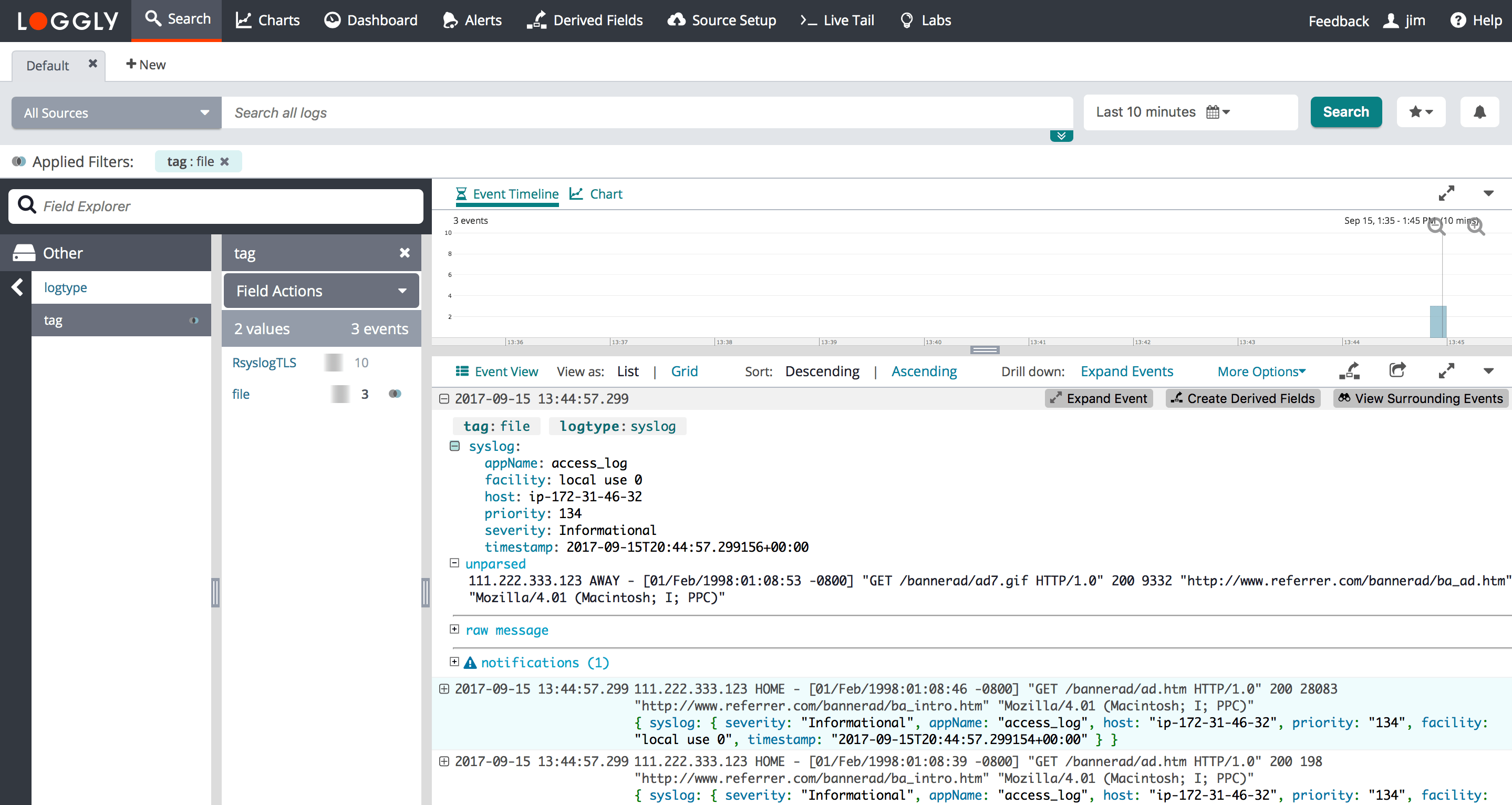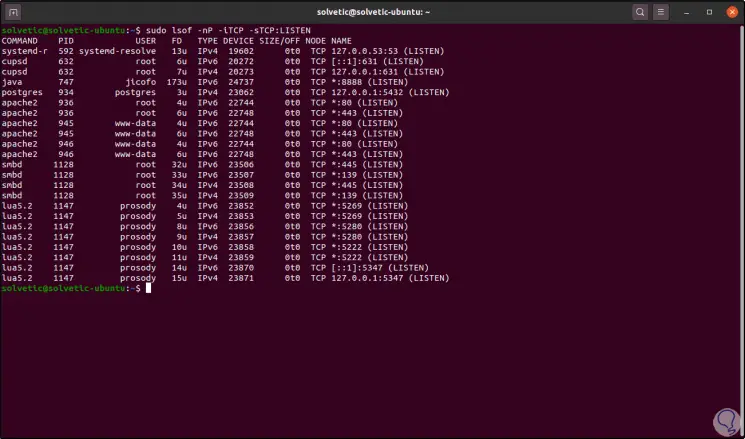

Inav – Watch Apache Logs in Real Time in Linux.Pyintify – Monitor Filesystem Changes in Real Time in Linux.fswatch – Monitors Files and Directory Changes in Linux.4 Ways to Watch or Monitor Log Files in Real Time.Swatchdog – Simple Log File Watcher in Real-Time in Linux.You might also like to read these following related articles. $ cd '/usr/local/share/doc/watchman-4.9.0 ' & rm -f README.markdownįor more information, visit the Watchman Github repository. If you want to uninstall watchman, move into the source directory and run the following commands: $ sudo make uninstall Test Watchman Configuration Uninstalling Watchman Service in Linux $ watchman trigger-list ~/binīased on the above configuration, each time the ~/bin directory changes, a file such as file.23:14:17.txt is created inside it and you can view them using ls command. To view the trigger list for a root, run the following command (replace ~/bin with the root name). When you execute watchman to keep an eye on a directory, its added to the watch list and to view it, run the following command. $ watchman - trigger ~/bin 'test-trigger' - ~/bin/pav.sh To launch the trigger, run the following command. Save the file and make the script executable as shown. For example in the following command, ‘ test-trigger‘ is the name of the trigger and ~bin/pav.sh is the script that will be invoked when changes are detected in the directory being monitored.įor test purposes, the pav.sh script simply creates a file with a timestamp (i.e file.$time.txt) within the same directory where the script is stored. You can also define what action to trigger when a directory being watched for changes. $ cat /usr/local/var/run/watchman/aaronkilik-state/log $ cat /usr/local/var/run/watchman/aaronkilik-state/state You can view the two files using the cat command as show. The following command writes a configuration file called state under /usr/local/var/run/watchman/-state/, in JSON format as well as a log file called log in the same location. To watch a directory (e.g ~/bin) for changes, run the following command. Watchman can be configured in two ways: (1) via the command-line while the daemon is running in background or (2) via a configuration file written in JSON format. Watching Files and Directories with Watchman in Linux
Monitor directory for new files linux install#
Once required dependencies installed, you can start building watchman by downloading its github repository, move into the local repository, configure, build and install it using following commands. $ sudo dnf groupinstall 'Development Tools' $ sudo dnf install autoconf automake python-setuptools openssl-devel libssl-devel libtool # yum install autoconf automake python-setuptools python-devel openssl-devel libssl-devel libtool $ sudo apt install autoconf automake build-essential python-setuptools python-dev libssl-dev libtool We will install watchman service from sources, so first install these required dependencies libssl-dev, autoconf, automake libtool, setuptools, python-devel and libfolly using following command on your Linux distribution. Installing Watchman File Watching Service in Linux
Monitor directory for new files linux how to#
We will also briefly demonstrate how to watch a directory and invoke a script when it changes. In this article, we will explain how to install and use watchman to watch (monitor) files and record when they change in Linux.



 0 kommentar(er)
0 kommentar(er)
